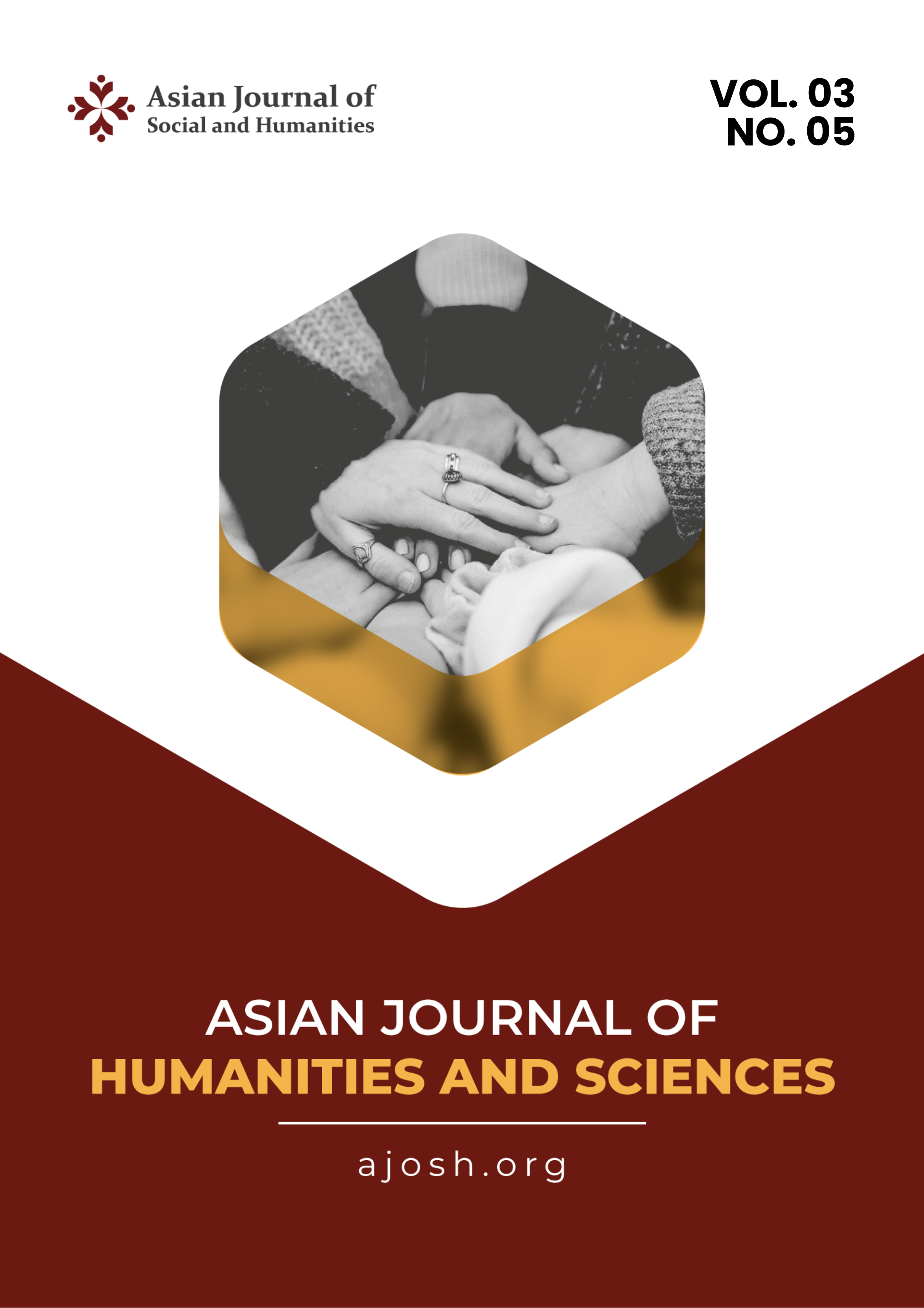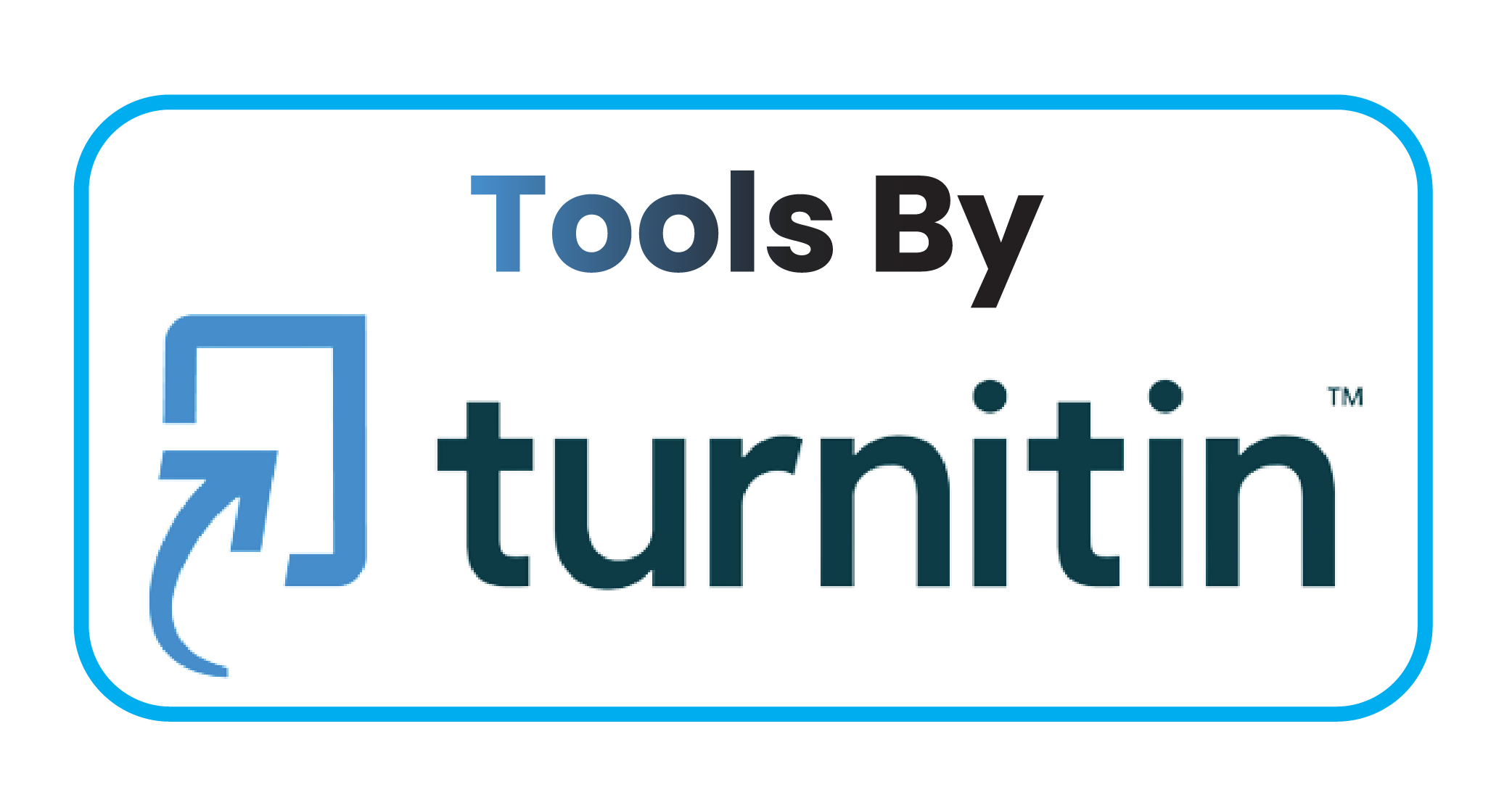Analysis of Increasing Internal Locus of Control In Early Adults Through The Art of Archery Jemparingan In Yogyakarta
DOI:
https://doi.org/10.59888/ajosh.v3i5.514Keywords:
Early adulthood;, Internal locus of control;, archery art JemparinganAbstract
This study aims to analyze the enhancement of internal locus of control in individuals through the traditional art of Jemparingan archery. Internal locus of control plays a significant role in influencing an individual's motivation, self-confidence, and emotional regulation. Individuals with a low locus of control are more vulnerable to depression and tend to experience higher levels of stress, particularly during early adulthood—a critical phase for achieving maturity and improving quality of life. In this context, Jemparingan, as a cultural and traditional form of archery from Yogyakarta, offers not only physical training but also psychological and emotional benefits. This research applies the theory of internal locus of control using a mixed-method approach to gain a comprehensive understanding of the phenomenon. The study involved 40 participants aged 20-40 years who actively practice Jemparingan in Yogyakarta. Data were collected through questionnaires, in-depth interviews, and direct observations. The findings reveal that participation in Jemparingan positively influences individuals' internal locus of control by fostering self-discipline, patience, and self-confidence. Additionally, the practice of this traditional archery contributes to emotional regulation and supports efforts to improve overall quality of life. The study highlights the importance of integrating local cultural practices into psychological development strategies and emphasizes the value of traditional activities as alternative approaches to mental well-being. These insights are expected to serve as a reference for educators, psychologists, and policymakers in designing community-based interventions that promote mental health and cultural preservation.
Downloads
Published
Issue
Section
License
Copyright (c) 2025 Aneke Dewi Rahayu, Dian Normalita, Akbar Permana Putra, Pradana Dhian Ramadhan

This work is licensed under a Creative Commons Attribution-ShareAlike 4.0 International License.
Authors who publish with this journal agree to the following terms:
- Authors retain copyright and grant the journal right of first publication with the work simultaneously licensed under a Creative Commons Attribution-ShareAlike 4.0 International. that allows others to share the work with an acknowledgement of the work's authorship and initial publication in this journal.
- Authors are able to enter into separate, additional contractual arrangements for the non-exclusive distribution of the journal's published version of the work (e.g., post it to an institutional repository or publish it in a book), with an acknowledgement of its initial publication in this journal.
- Authors are permitted and encouraged to post their work online (e.g., in institutional repositories or on their website) prior to and during the submission process, as it can lead to productive exchanges, as well as earlier and greater citation of published work.










